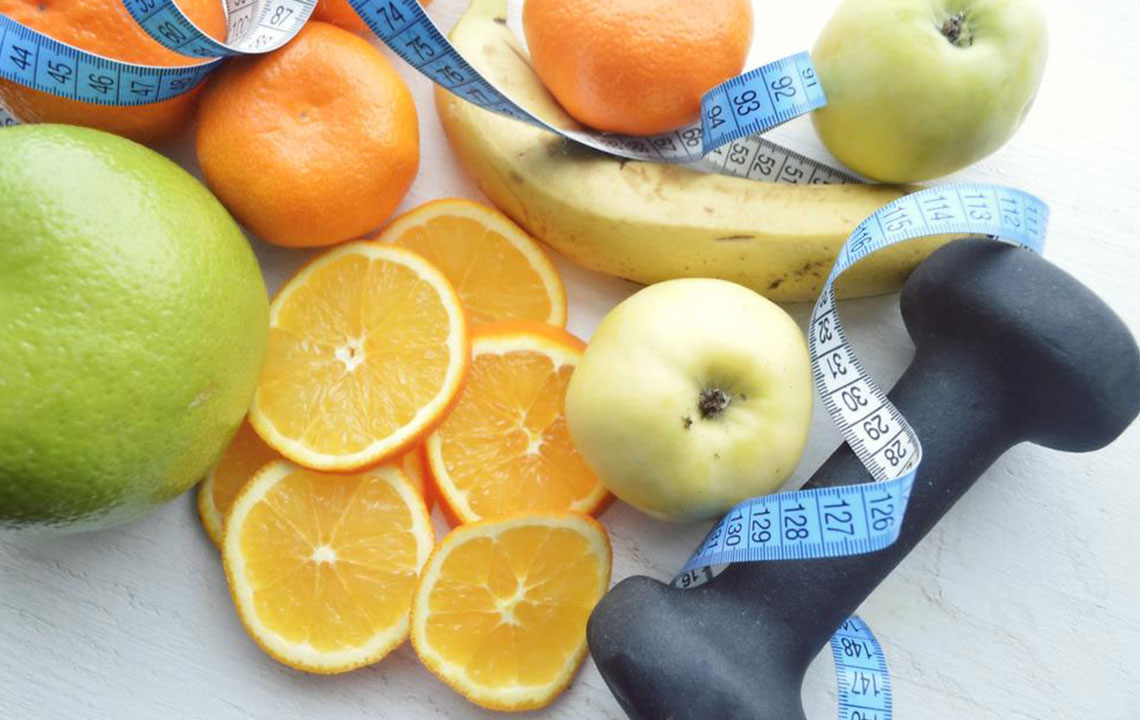Paleo- A Diet with Assured Benefits

What is Paleo Diet?
You must be wondering what Paleo diet is, and from where did it originate? The answer lies deep down the history lane, with our ancestors. The people, who lived in the old era, did not have any foods of the modernized world and had everything that was available naturally in their surroundings.
This is the reason they stayed healthy and fit and even lived longer, unlike us from the modern world, where everything is available on the go like milk, eggs, pulses, green leafy vegetables. It is no surprise that we lack the stamina and the energy that our previous generations possessed.
Today most of the food items we consume are processed or artificially made, that takes away the real nutrients that our body requires. The idea of the Paleo diet revolves around avoiding food like pulses, sugar, and dairy products like milk, eggs, yogurt, salt, legumes, etc.
Paleo diet is the latest trend among health enthusiasts and is being successfully followed by millions, to maintain a healthy and an energetic life, eliminating different deficiencies and avoiding various diseases.
Paleo also helps in maintaining a clear skin, reduces obesity, puts away laziness, prevents diabetes, supports a healthy heart, makes one immune to specific allergies, minimizes inflammation and provides a good quality sleep.
To get the benefits out of a Paleo diet, pair it with exercise, intake of enough water, a good sleep and an active lifestyle.
Paleo Diet Meals
Vegetables : All vegetables are suitable for a Paleo diet until they are fresh and artificially processed. Vegetables provide us with vitamins and minerals. However, some vegetables contain high levels of carbs.
One should stay away from them, in case they are adopting Paleo diet plan for weight loss.
Vegetables suitable for Paleo diet:
• Broccoli
• Celery
• Peppers or capsicum
• Carrots
• Spinach
• Cauliflower
• Green onions
• Eggplant
• Zucchini
• Asparagus
• Lettuce
• Parsley
• Avocado
• Brussels sprouts
• Sweet potato
Fruits : Similar to vegetables, nearly all the available fruits are included in a Paleo diet. Fruits are high in minerals and vitamins, and also act as antioxidants. They help us by eliminating the body of free radicals.
Fruits provide the best results when eaten fresh, and should be included in your everyday diet.
Fruits suitable for Paleo Diet
• Apples
• Peaches
• Guava
• Pomegranate
• Muskmelon
• Litchi
• Mango
• Strawberries
• Blueberries
• Raspberries
• Watermelon
• Grapes
• Oranges
• Pineapple
• Plums
• Kiwi
Meat: Meat is the major food item that constitutes Paleo diet. Meat is high in nutrients and proteins. Meat for a Paleo diet involves consumption of lean meatcertain oils arei.e. meat that excludes fat. Intake of meat keeps one healthy, and ensures that the body functions properly.
Meat suitable for Paleo Diet
• Chicken
• Lamb
• Buffalo
• Beef
• Pork
• Turkey
• Goat
Fish: Fish are a significant part of the Paleo diet, and are high in nutrients such as proteins. Fishes contain Omega 3 fatty acids, which is good for cardiovascular health, thus it is a greatly recommended diet inclusion.
Fish Suitable for Paleo Diet
• Carp
• Prawns
• Shrimps
• Kingfish
• Tuna
• Salmon
• Pomfret
• Hilsa
• Lobsters
• Trout
• Sardines
• Clams
• Catfish
Fats and Oils: Oils and fats are basic ingredients of any food that we eat. But these oils are not good for health. They lead to cholesterol, and even obesity.
Oils are needed to cook food that we consume because we just can’t eat them raw. However, there are certain oils that are safe to consume, and can be included in Paleo diet meals.
Fats and Oils Suitable for Paleo Diet
• Coconut Oil
• Ghee
• Extra Virgin Olive Oil
• Butter
Nuts: One popular source of nutrition that is naturally available to us—nuts. Nuts are a good source of vitamins, healthy fats, and even minerals. They can be consumed as snacks or can be eaten on any day on a daily basis.
However, cashew nuts have high-fat content, and should not be consumed if you want to lose weight.
Nuts Suitable for Paleo Diet
• Walnuts
• Almonds
• Sunflower seeds
• Pumpkin seeds
• Cashew Nuts
Other Important Paleo Rich Food Items : There are different miscellaneous food that can be included in Paleo diet, but must be consumed in a limited quantity. Some of them are:
Miscellaneous Items Suitable for Paleo Diet
• Eggs
• Coffee
• Coconut Water
• Tea
• Honey
Follow the Paleo diet for a healthy and happy life.


